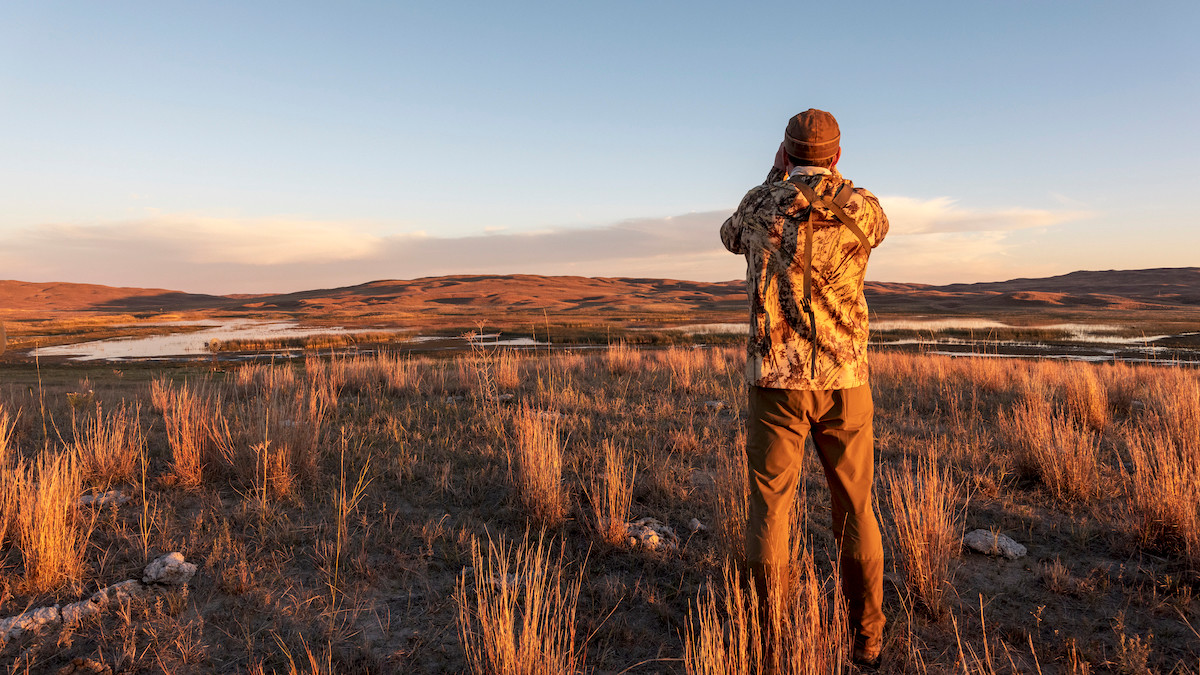USFWS Expands Hunting and Fishing Access at 18 Wildlife Refuges

The U.S. Fish and Wildlife Service (USFWS) announced this week that hunting and fishing opportunities will be expanded at 18 national wildlife refuges across 38,000 acres of federal public land.
These openings are slightly pared back from the original proposal, which called for 54,000 acres to be opened at 19 refuges.
Hunters and anglers will enjoy new opportunities in California, Illinois, New York, and 11 additional states. Turkey hunting, for example, will be opened for the first time at Turnbull National Wildlife Refuge in Washington. Upland game and big game hunting will be opened at San Diego National Wildlife Refuge in California, and Great Thicket National Wildlife Refuge in Maine and New York will allow migratory gamebird, upland game, and big game hunting.
Click here to read a full list of new hunting and fishing opportunities.
“We are committed to ensuring Americans of all backgrounds have access to hunting and fishing and other recreational activities on the lands and waters of the National Wildlife Refuge System,” USFWS Director Martha Williams said. “These regulations increase public access opportunities, better align the Service with state regulations, and help to promote healthy wildlife habitats while boosting local recreation economies.”
This action means that the public may now hunt 436 and fish 378 units out of the National Wildlife Refuge System.
The announcement comes as welcome news to hunters and anglers who live near these refuges, but it pales in comparison to previous expansions. In August of 2021, the Biden administration announced new or expanding hunting and fishing opportunities across 2.1 million acres at 88 national wildlife refuges. A year earlier, the Trump administration announced expanded opportunities across more than 2.3 million acres at 147 wildlife refuges and fisheries.
The 2020 expansion prompted a lawsuit from the Center for Biological Diversity claiming that the Trump administration failed to account for how lead ammunition will affect endangered species at these newly opened refuges. That lawsuit is ongoing, but the Biden administration appears to be cognizant of potential challenges to its latest announcement.
“The Service remains concerned that lead ammunition and fishing tackle have negative impacts on both human health and wildlife and will continue to evaluate their future use on Service lands and waters through a transparent public process,” the USFWS says.
In its final rule, the USFWS says that one of the refuges with new opportunities (Patoka River) will be phasing out lead tackle and ammunition by the fall of 2026. Eight additional refuges (Blackwater, Chincoteague, Eastern Neck, Erie, Great Thicket, Patuxent Research Refuge, Rachel Carson, and Wallops Island) will be proposing similar lead bans in the 2023-2024 rulmaking process. The public will have another opportunity to comment during this period, but "the Service plans to require non-lead ammunition and tackle for all activities on these refuges" by the fall of 2026.
The use of lead ammunition has been banned for waterfowl hunting on national refuges since 1991, but many refuges still allow lead to be used in fishing tackle and rifle bullets. To what extent those lead pellets and bullet fragments harm wildlife populations remains a hotly debated topic among hunters and scientists alike. For a great overview of the controversy, check out this article from wildlife biologist Jim Heffelfinger.
Editor's Note: This article has been edited to clarify which refuges will and will not be banning lead tackle and ammunition by the fall of 2026.





Conversation